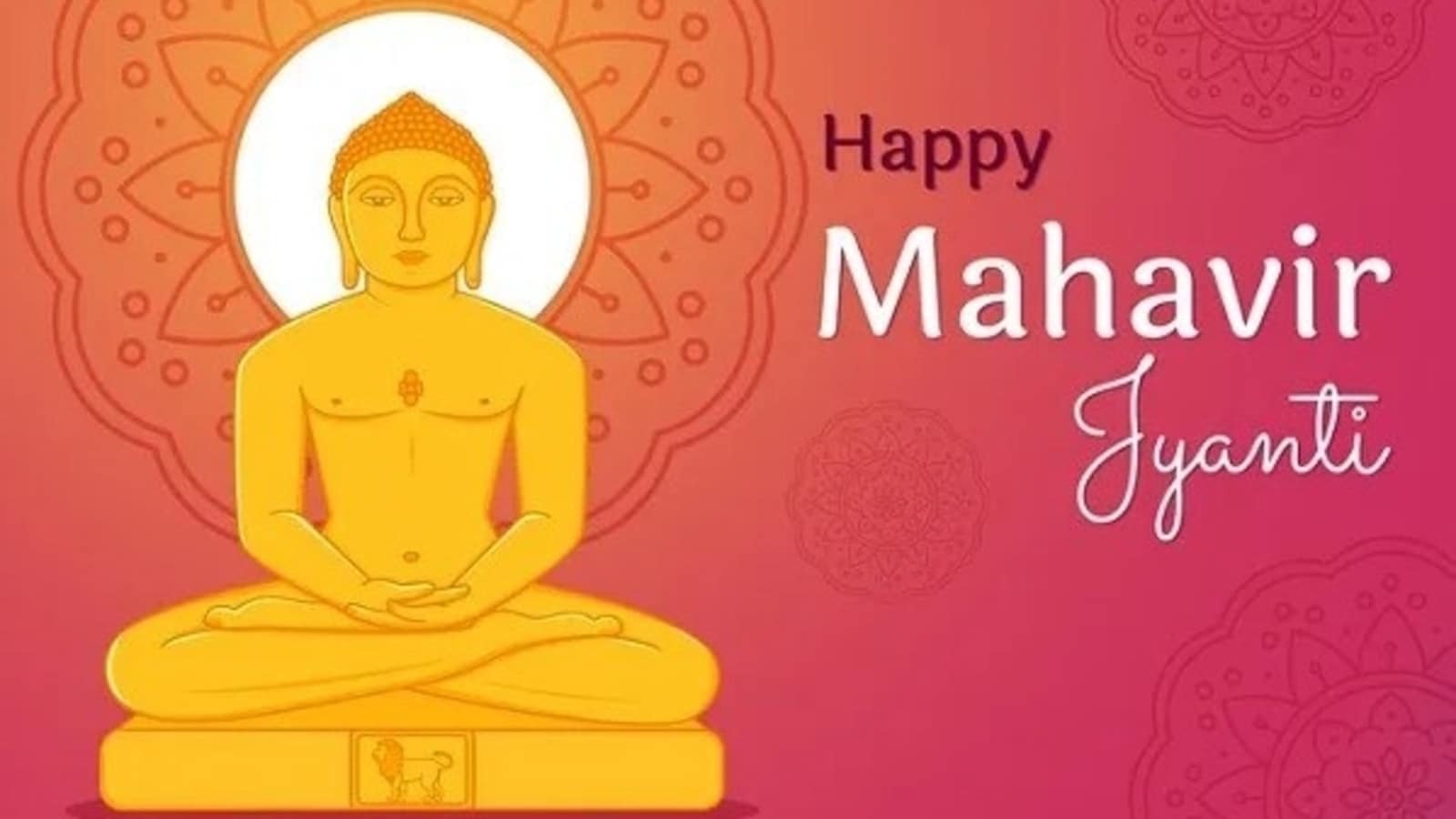
Mahavir Jayanti
Mahaveer Janma Kalyanak is a standout amongst the most imperative religious celebration for Jains. It praises the introduction of Mahaveer, the twenty-fourth and last Tirthankara of Avasarpini. According to the Gregorian logbook, the occasion happens either in March or April.
Birth
Most present-day antiquarians think about Vasokund as Mahaveer's origin. As per Jain writings, Mahaveer was conceived on the thirteenth day of the splendid portion of the moon in the long stretch of Chaitra in the year 599 BCE. Mahaveer was conceived in a law-based kingdom, Vajji, where the lord was picked by voters. Vaishali was its capital.
Mahaveer was named 'Vardhamana', which signifies "One who develops", due to the expanded success in the kingdom at the season of his introduction to the world. In Vasokund, Mahaveer is quite worshipped by the villagers. A place called Ahalya bhumi has not been furrowed for a long time by the family that claims it, as it is thought to be the origin of Mahaveer.
Birth legend
Mahaveer was naturally introduced to the Ikshvaku line as the child of King Siddhartha of Kundagrama and Queen Trishala. Amid her pregnancy, Trishala was accepted to have had various propitious dreams, all implying the happening to an awesome soul. Digambara faction of Jainism holds that the mother saw sixteen dreams which were deciphered by King Siddhartha. As per the Svetambara organization, the aggregate number of promising dreams is fourteen. It is said that when Queen Trishala brought forth Mahaveer, Indra, the head of wonderful creatures played out a custom called abhisheka, this being the second of five promising occasions, said to happen in the life of all Tirthankaras.
Festivals
The symbol of Mahaveer is done on a chariot, in a parade called rath yatra. In transit, staves are recounted. Statues of Mahaveer are given a stylized shower called the abhisheka. Amid the day, most individuals from the Jain people group participate in a type of altruistic act. Numerous lovers visit sanctuaries devoted to Mahaveer to contemplate and offer petitions. Addresses by priests and nuns are held in sanctuaries to lecture the way of ideals as characterized by Jainism. Gifts are gathered so as to advance magnanimous missions like sparing dairy animals from the butcher or nourishing destitute individuals. Antiquated Jain sanctuaries crosswise over India commonly observe a to a great degree high volume of experts come to offer their regards and participate in the festivals.
